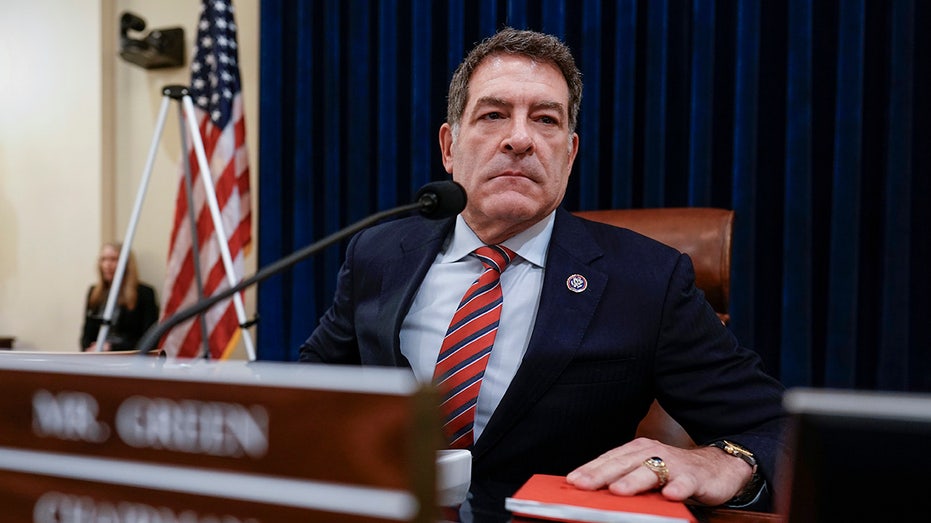U.S. Tariffs to Spark Energy Crisis Amid Global Economic Uncertainty
New analysis shows U.S. tariffs under Trump are severely harming the country's energy industry, from oil to renewables.


Sweeping U.S. tariffs enacted by the Donald Trump administration are dealing severe blows across the country's energy sector, extending from oil production to renewable power development, according to a recent analysis. The broad trade measures, touted as a tool to strengthen American industry and energy independence, are now showing signs of backfiring, imperiling domestic competitiveness and investment.
An in-depth report by Wood Mackenzie, a leading energy and natural resource consultancy, has found that the tariff-driven trade wars threaten to erode projected growth in U.S. oil demand, hamper crucial investments in renewables, and essentially lock the country into a high-cost energy environment. The firm’s experts contend that these measures undermine established trading relationships and could accelerate the trend toward de-globalization, posing major risks to both the energy sector and the wider economy.
Wood Mackenzie's analysis frames President Trump's "Liberation Day" tariff announcement on April 2 as “arguably the most pivotal moment for the world economy since China’s 2001 entry into the World Trade Organization”. Yet, unlike that moment—which spurred a surge in global growth—the current round of tariffs and the corresponding international retaliation now threaten to cause widespread economic disruption.
The firm modeled three scenarios for the possible impacts of the Trump administration’s trade stance. Its most severe “trade war” scenario projects U.S. effective tariff rates exceeding 30 percent. Under this scenario, global GDP could contract by 2.9 percent by 2030, casting a shadow over both domestic and international markets.
For the U.S. oil industry—a linchpin for the country’s energy independence—the effects are especially profound. The worst-case scenario foresees a direct fall in global oil demand as soon as 2026, with a modest rebound only beginning in 2027. By the end of the decade, total oil demand would remain 2.5 million barrels per day lower than under more optimistic trade assumptions, reflecting a substantial loss for producers and exporters.
Perhaps most strikingly, oil prices could plunge to an average of $50 per barrel in 2026. At this level, the economics of shale oil—particularly in the U.S. Lower 48—would not support further production growth, forcing companies to rein in spending and leaving ambitions to reduce breakeven costs unfulfilled. Investment cuts, layoffs, and a decline in drilling activity are all likely as a result.
The negative impact would ripple beyond American borders. Diminished investment budgets for upstream projects worldwide would also drag down supply growth elsewhere, with project delays affecting developments not yet underway.
The U.S. power sector faces its own set of challenges, as tariff-induced costs and uncertainty make long-term planning arduous. With energy projects often operating on five- to ten-year cycles, the unpredictability of future costs is described as “extraordinarily disruptive” for companies trying to plan, finance, and execute new capacity additions. Many firms are reportedly deferring or revising investment strategies in response.
These tariff barriers lock in the United States as a high-cost producer for renewable energy and storage solutions, diminishing its global competitiveness in the rapidly expanding clean energy market. The intended goal of encouraging domestic manufacturing and reducing foreign dependence appears, at least in critical energy sectors, to be yielding the opposite effect.
Downstream impacts are also being felt throughout the metals and mining sector, a backbone of the energy infrastructure buildout. Demand for vital materials has slumped sharply: aluminum demand is projected to drop by nearly 4 million tonnes in 2026, copper by 1.2 million tonnes, steel by 90 million tonnes, and lithium by 70,000 tonnes, compared to baseline forecasts.
According to the analysis, U.S. energy and natural resources companies must now brace for a prolonged period of tariff uncertainty—potentially lasting years—which will fundamentally reshape the nation’s energy landscape. Riskier investment projects are likely to be shelved, while companies pivot toward strategies prioritizing flexibility and cost control. This shift threatens to alter the trajectory of American energy development well into the future, with consequences certain to reverberate globally.




